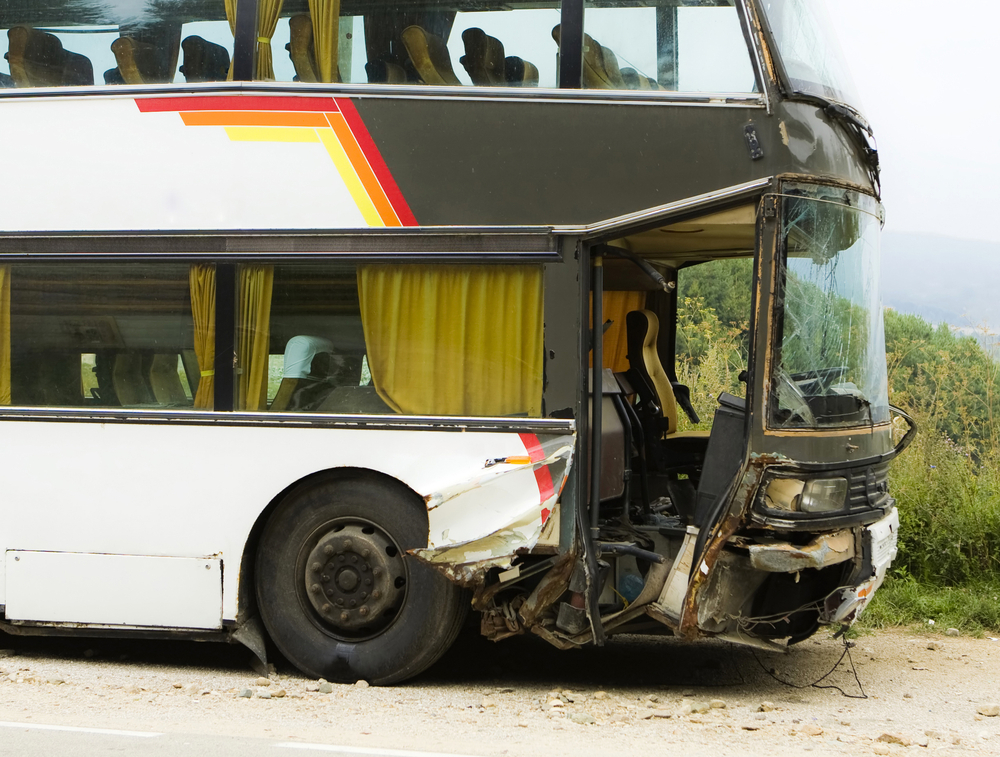Consequences, and Prevention
Table of Contents
- Introduction
- Common Causes of Bus Accidents
- 2.1 Driver Fatigue
- 2.2 Distracted Driving
- 2.3 Mechanical Failures
- 2.4 Poor Weather Conditions
- Consequences of Bus Accidents
- 3.1 Physical Injuries
- 3.2 Emotional Trauma
- 3.3 Financial Losses
- Preventing Bus Accidents
- 4.1 Driver Training and Education
- 4.2 Regular Vehicle Maintenance
- 4.3 Implementation of Safety Regulations
- Legal Recourse for Bus Accident Victims
- 5.1 Seeking Compensation
- 5.2 Holding Negligent Parties Accountable
- Supporting Bus Accident Victims
- 6.1 Providing Emotional Support
- 6.2 Offering Financial Assistance
- Conclusion
1. Introduction
Bus accidents can have devastating consequences, affecting not only passengers but also pedestrians, cyclists, and other motorists. Understanding the causes, consequences, and prevention of bus accidents is crucial for improving safety on our roads and minimizing the risk of serious injuries and fatalities.
2. Common Causes of Bus Accidents
2.1 Driver Fatigue
Long hours behind the wheel can lead to driver fatigue, impairing reaction times and judgment. Fatigued drivers are more likely to make mistakes or fall asleep at the wheel, increasing the risk of accidents.
2.2 Distracted Driving
Distractions such as texting, talking on the phone, or adjusting the radio can divert a bus driver’s attention from the road, leading to accidents. It’s essential for drivers to remain focused and attentive while operating a bus.
2.3 Mechanical Failures
Mechanical failures, such as brake malfunctions or tire blowouts, can cause buses to lose control and collide with other vehicles or objects. Regular maintenance and inspections are essential for preventing these types of accidents.
2.4 Poor Weather Conditions
Adverse weather conditions, such as heavy rain, snow, or fog, can make roadways slippery and reduce visibility, increasing the risk of accidents. Drivers must adjust their speed and driving behavior accordingly to avoid collisions.
3. Consequences of Bus Accidents
3.1 Physical Injuries
Bus accidents can result in a wide range of injuries, from minor cuts and bruises to severe trauma such as broken bones, spinal cord injuries, and traumatic brain injuries. The physical toll of these injuries can be long-lasting and life-altering.
3.2 Emotional Trauma
In addition to physical injuries, bus accidents can also cause significant emotional trauma for victims and their families. Anxiety, depression, and post-traumatic stress disorder (PTSD) are common psychological effects of being involved in a traumatic accident.
3.3 Financial Losses
The financial consequences of a bus accident can be substantial, including medical bills, lost wages due to inability to work, property damage, and ongoing rehabilitation and therapy expenses. These financial burdens can add to the stress and hardship experienced by accident victims.
4. Preventing Bus Accidents
4.1 Driver Training and Education
Comprehensive training programs can help bus drivers develop the skills and knowledge needed to safely operate their vehicles. Ongoing education on defensive driving techniques and traffic laws can further enhance driver safety.
4.2 Regular Vehicle Maintenance
Routine maintenance and inspections are essential for ensuring that buses are in good working condition and free from mechanical defects. This includes checking brakes, tires, lights, and other critical components to identify and address potential issues before they cause accidents.
4.3 Implementation of Safety Regulations
Strict enforcement of safety regulations and policies, such as seat belt requirements, speed limits, and alcohol and drug testing for drivers, can help prevent accidents and minimize the risk of injuries and fatalities.
5. Legal Recourse for Bus Accident Victims
5.1 Seeking Compensation
Bus accident victims may be entitled to compensation for their injuries, medical expenses, lost income, pain and suffering, and other damages. Seeking legal representation from a qualified personal injury attorney can help victims pursue the compensation they deserve.
5.2 Holding Negligent Parties Accountable
Bus companies, drivers, maintenance providers, and other parties may be held liable for accidents caused by negligence or wrongdoing. Holding these parties accountable not only provides justice for victims but also encourages safer practices in the future.
6. Supporting Bus Accident Victims
6.1 Providing Emotional Support
Supportive services such as counseling, support groups, and therapy can help bus accident victims and their families cope with the emotional aftermath of the accident and rebuild their lives.
6.2 Offering Financial Assistance
Community organizations, charities, and crowdfunding campaigns can provide financial assistance to bus accident victims and their families to help cover medical expenses, rehabilitation costs, and other financial burdens.
7. Conclusion
Bus accidents can have devastating consequences for victims and their families, but by understanding the causes of accidents, implementing preventive measures, and providing support and assistance to those affected, we can work together to improve safety on our roads and prevent future tragedies.
